We may earn revenue from the products available on this page and participate in affiliate programs. Learn More ›
Benefits of Indoor Gardening
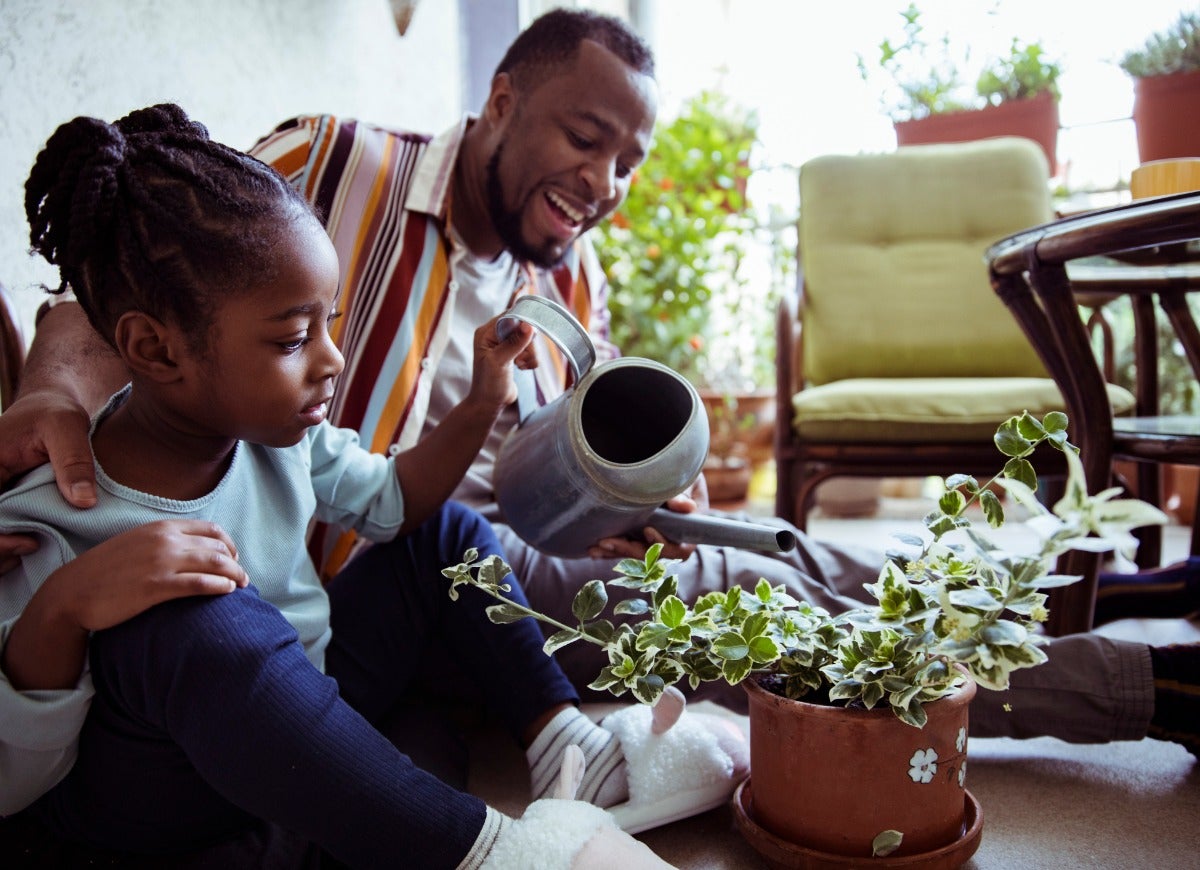
Plants offer a surplus of benefits, and you don’t have to wait until summer arrives to enjoy them. They add a splash of nature to a room, freshen indoor air, and you can grow them for culinary reasons as well as their décor potential. Nothing brightens a room quite like a windowsill garden or a dwarf lemon tree. The following garden projects are suitable for anyone, and you may discover you have a greener thumb than you thought.
Start Cuttings
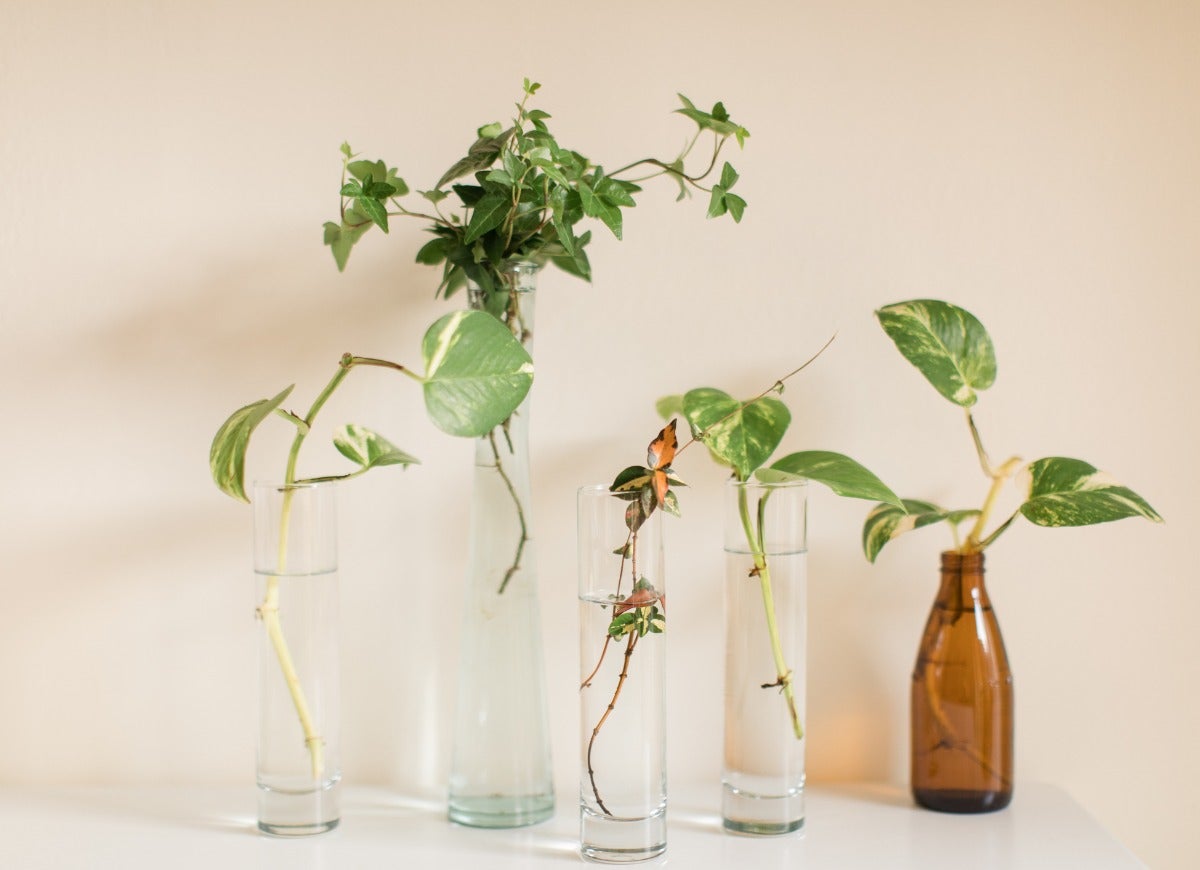
Many plants, including geranium, English ivy, mint, and philodendron, will quickly develop roots in water. For the best results, cut off a 4- to 6-inch stem tip and remove all but the top two leaves. Put the cut end in a glass of water or a decorative bulb, such as the IVOLADOR Desktop Glass Planter (available from Amazon), and watch the cuttings develop roots. In a few short weeks, you can transplant the new plants into pots.
Related: 14 Symptoms of an Unhappy Houseplant (and How You Can Treat Them)
Healthy Hydroponics
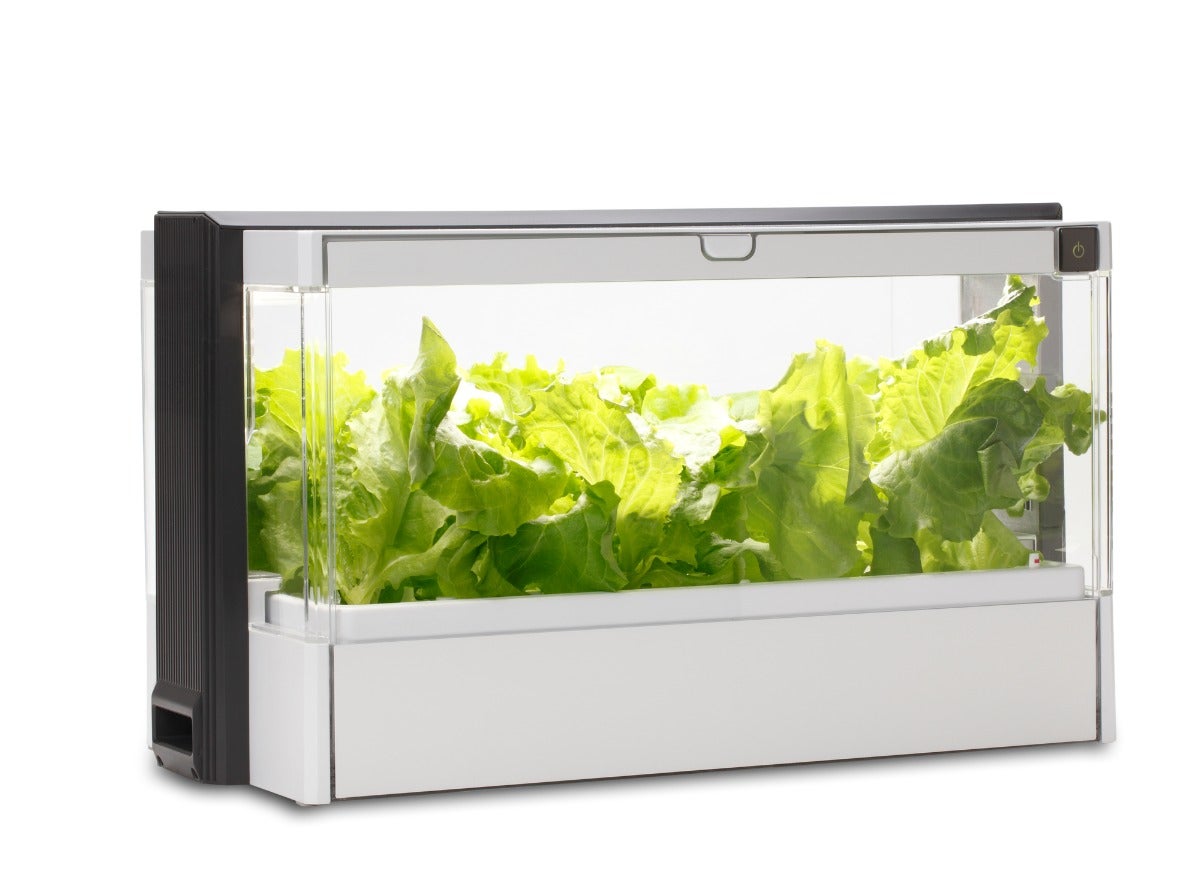
Much of the produce found in your local grocery store is probably grown hydroponically because this growing method produces healthier plants while conserving water. For at-home hydroponics, look for an inclusive kit, such as the AeroGarden Indoor Hydroponic Garden (available on Amazon) that comes with everything you need—seeds, growing pods, and fertilizer. The AeroGarden provides the optimal amount of light and reminds you when to add water and nutrients.
Say it with Succulents
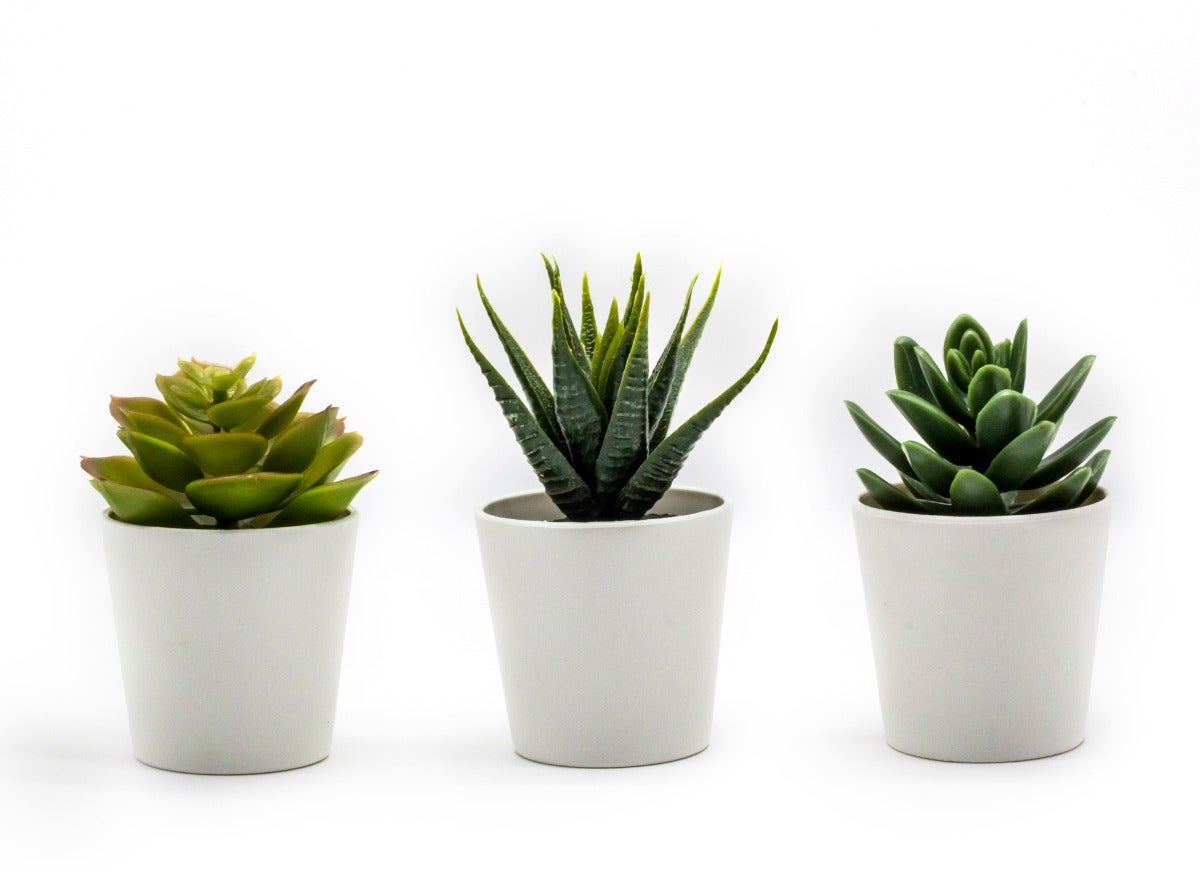
Among the simplest of all plants to grow, succulents thrive even if you forget to water them occasionally. Just fill a planter with a mixture of 1-part sand to 1-part potting soil and add colorful succulents such as hens-and-chicks, burro’s-tail, or even an aloe vera plant. Place the pot in a sunny window and water it just enough to keep the soil beneath the surface slightly damp.
Add an Air Plant
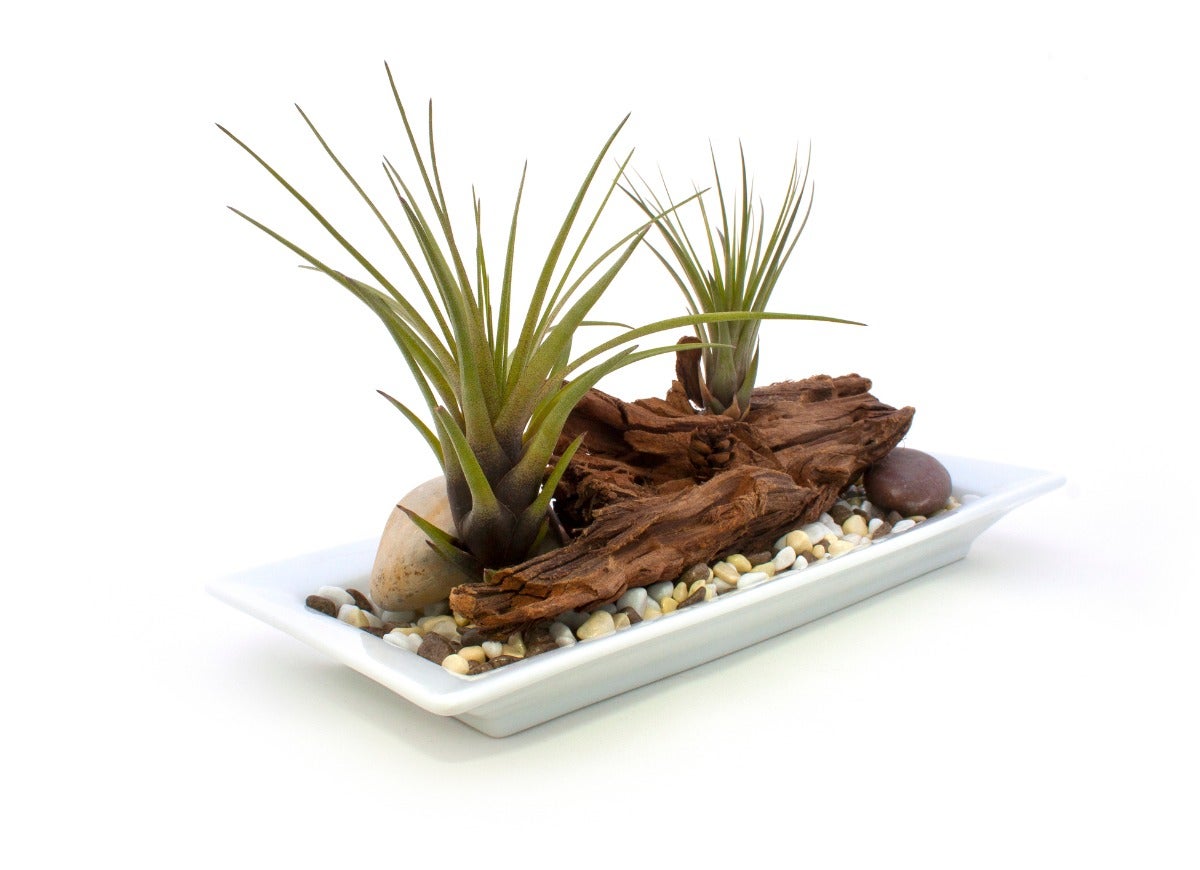
A rather peculiar form of vegetation, air plants are typically small and don’t require any soil to thrive. Instead, they absorb moisture from the air, so they can be grown in a wide variety of creative containers, including colorful measuring cups, on top of a sand art display, or even in a hole on a unique piece of driftwood as shown on Modern Air Plants. Spritz your air plants once a week or so with water to keep them healthy and happy.
Regrow Veggies
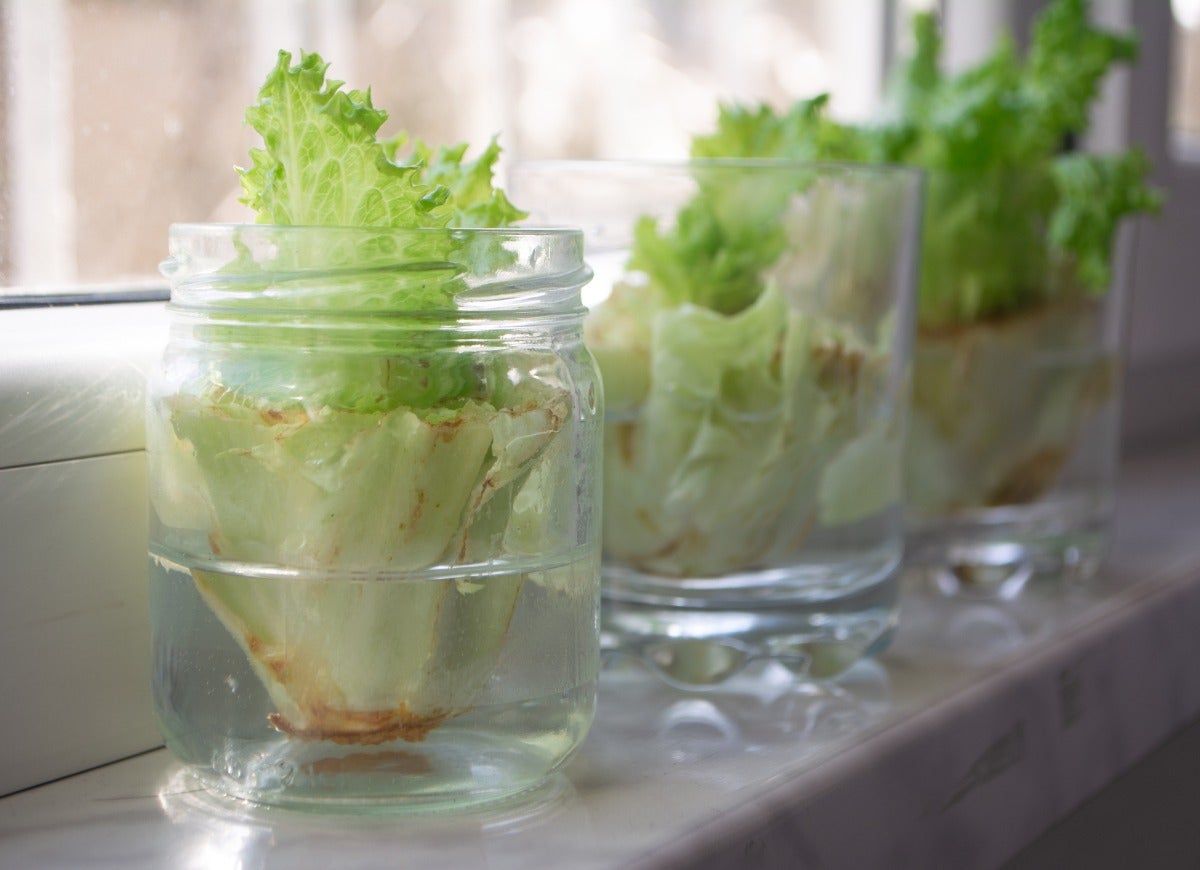
You already know fresh veggies are good for you, but you might not know you can easily grow many of them from scraps. Put the leftover bases of romaine lettuce, celery, green onions, or chives in a bowl with just enough water to cover the roots and set the bowl on a sunny windowsill. Before long, new roots will appear, and within a few weeks, you can harvest fresh veggies, according to Don’t Waste the Crumbs.
Easy Herbs
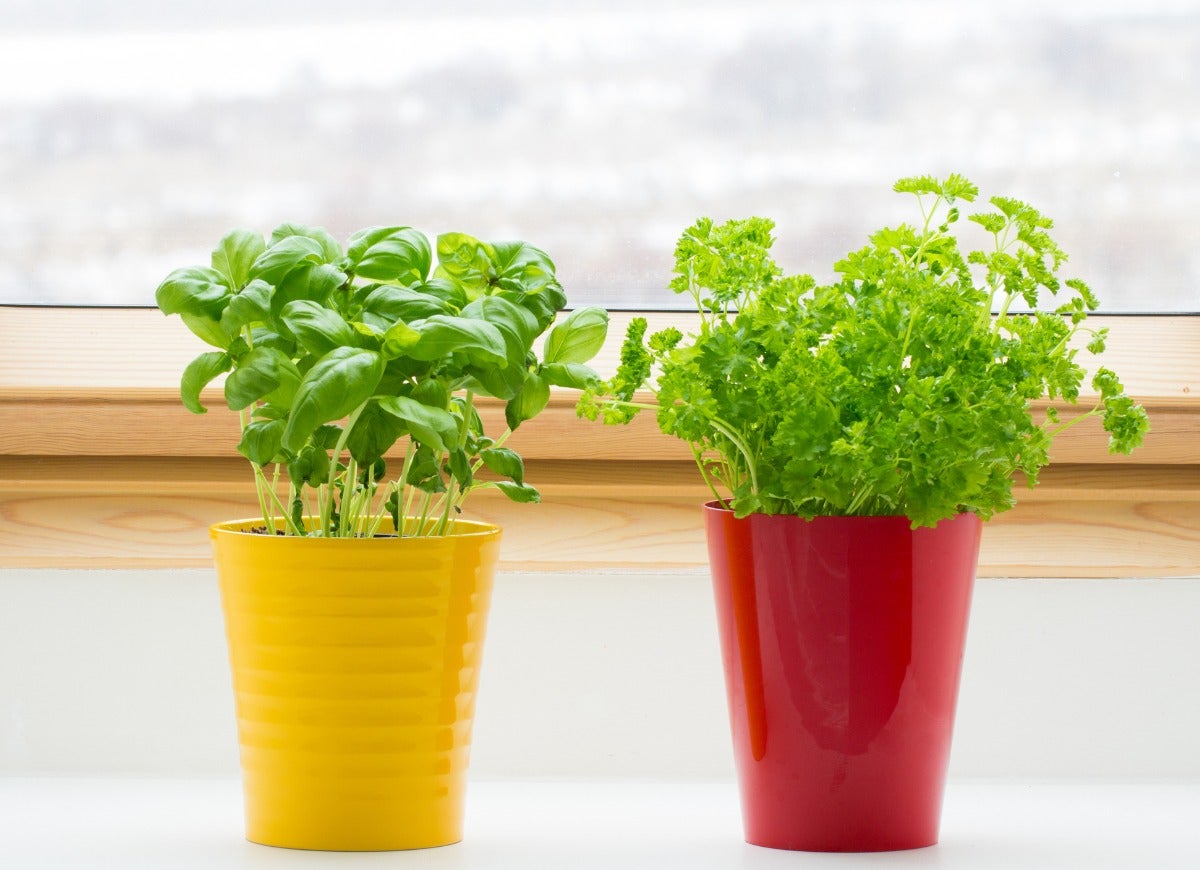
If you can choose just one thing for your indoor garden project, consider herbs. They’re some of the easiest plants to grow from seeds, and as you trim off bits and stems to use in cooking, many herb plants will grow even more robustly. Herbs benefit from a lot of light so plant the seeds in well-drained potting soil and then place the pot on a sunny windowsill. Among the simplest varieties to grow, according to Pass the Pistil, are cilantro, basil, parsley, dill, and oregano.
Try a Terrarium
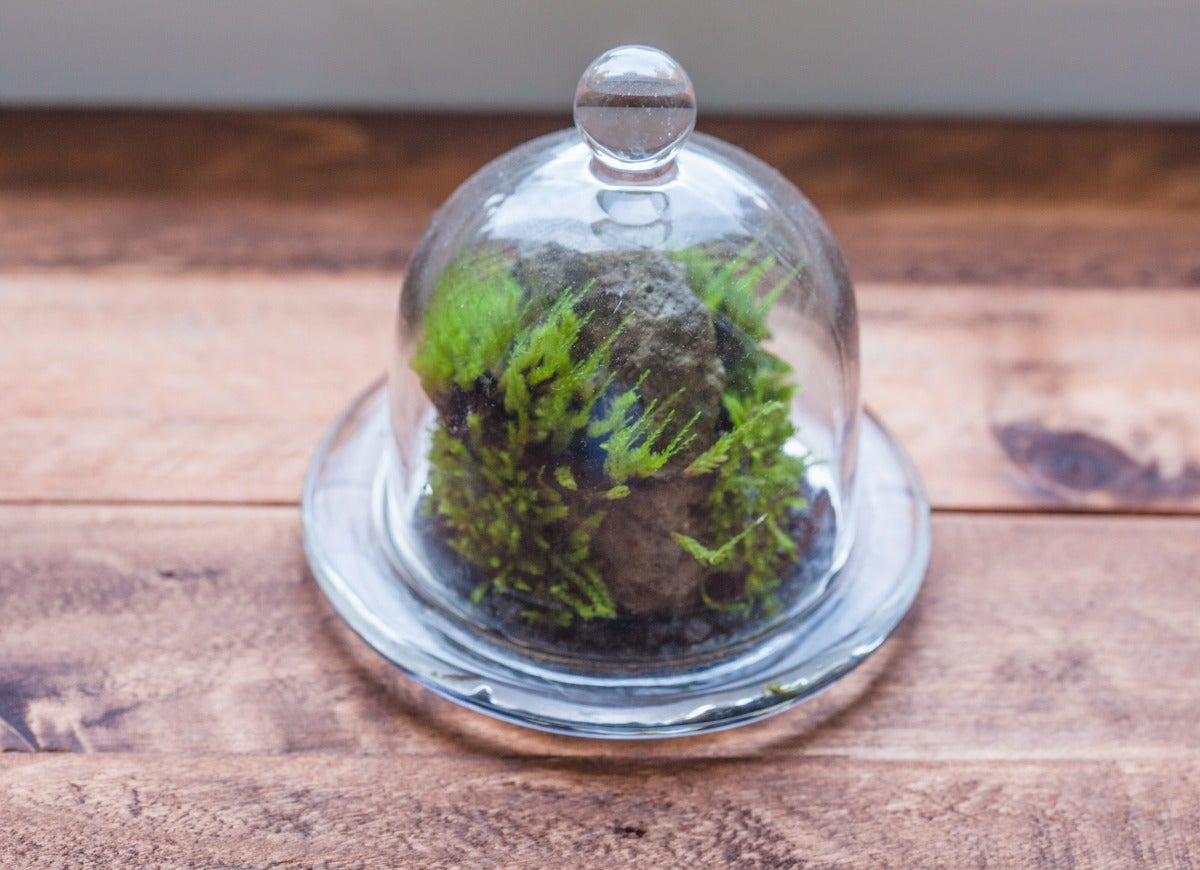
The space within a sealed terrarium is an ecosystem that produces its own evaporation and moisture cycle for growing small plants, such as dwarf ferns, without the need to water. Make your own terrarium from a leftover quart or gallon jar with a lid, or purchase an attractive, ready-to-plant terrarium, such as The Fellie Glass Terrarium (available from Amazon) featuring an attractive geometric metal frame and glass panels.
Related: The Best Planters
Potato Pot
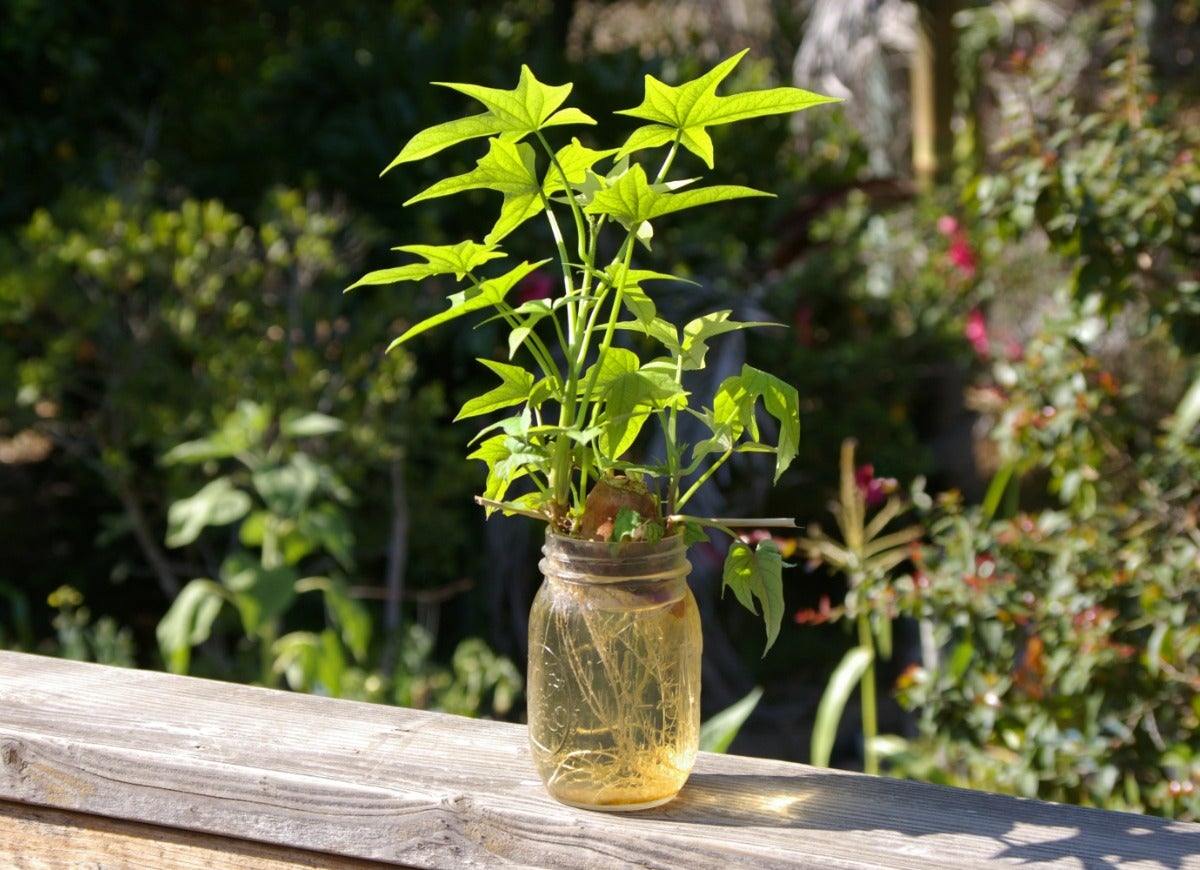
A popular choice for outdoor summer pots and containers, sweet potato vine is just as easy to grow indoors if you have a tuber leftover from dinner. Poke a few toothpicks into the sides of a sweet potato and suspend the bottom part of the potato in a jar of water. Soon, you’ll have an abundance of bright green sprouts, which can be harvested and tossed into a salad or allowed to vine out, creating a tumbling carpet of green over the side of a table or shelf.
Make it a Microgreen Day
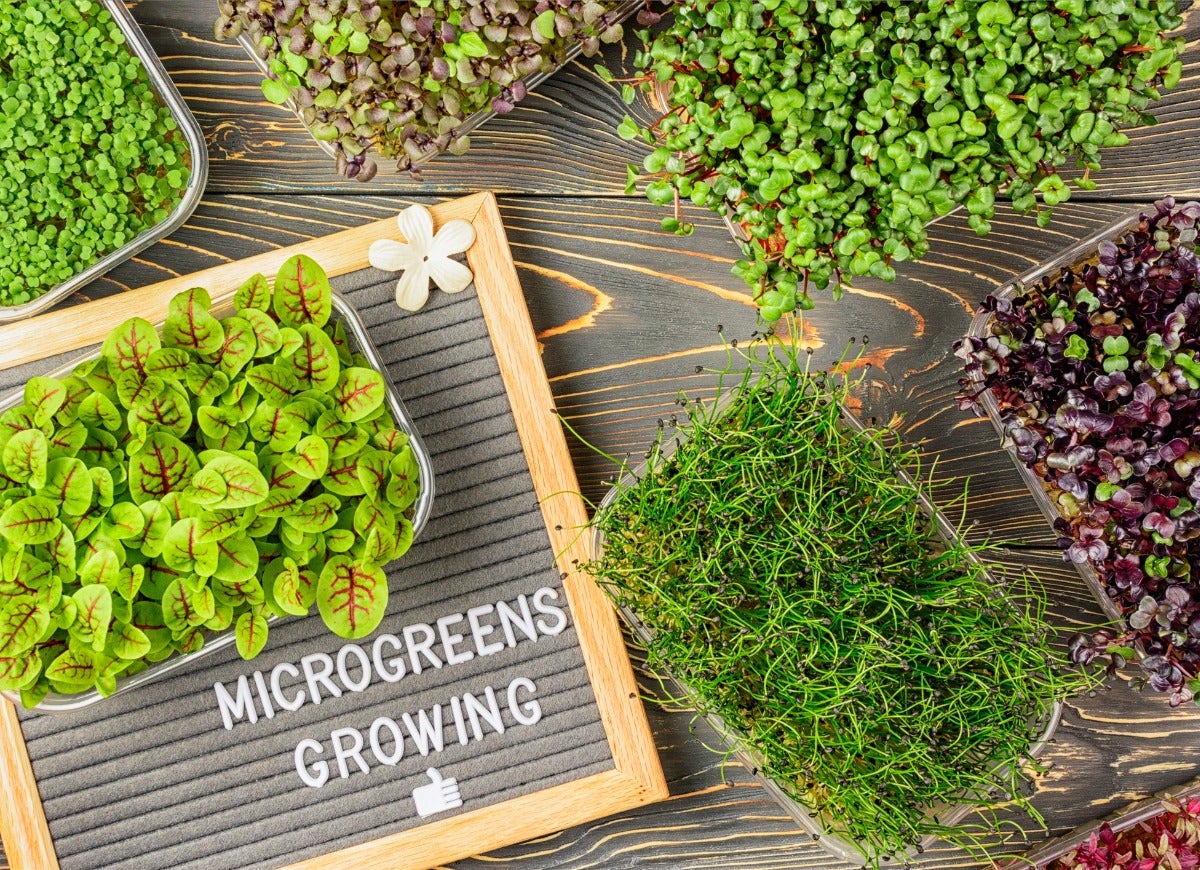
The young stems and leaves of edible greens, including spinach, arugula, butter lettuce, and more, are packed with nutrition, and they’re easy to grow. Microgreens are grown in soil and harvested when their first set of real leaves appear. Sow seeds of your favorite greens in a seed-starting flat or even in the bottom of a milk carton filled with potting mix. Alternatively, purchase a kit, such as the HAMAMA Microgreen Kit (available from Amazon) that comes with pre-seeded fiber “quilts” to make growing even easier.
Mushroom Magic
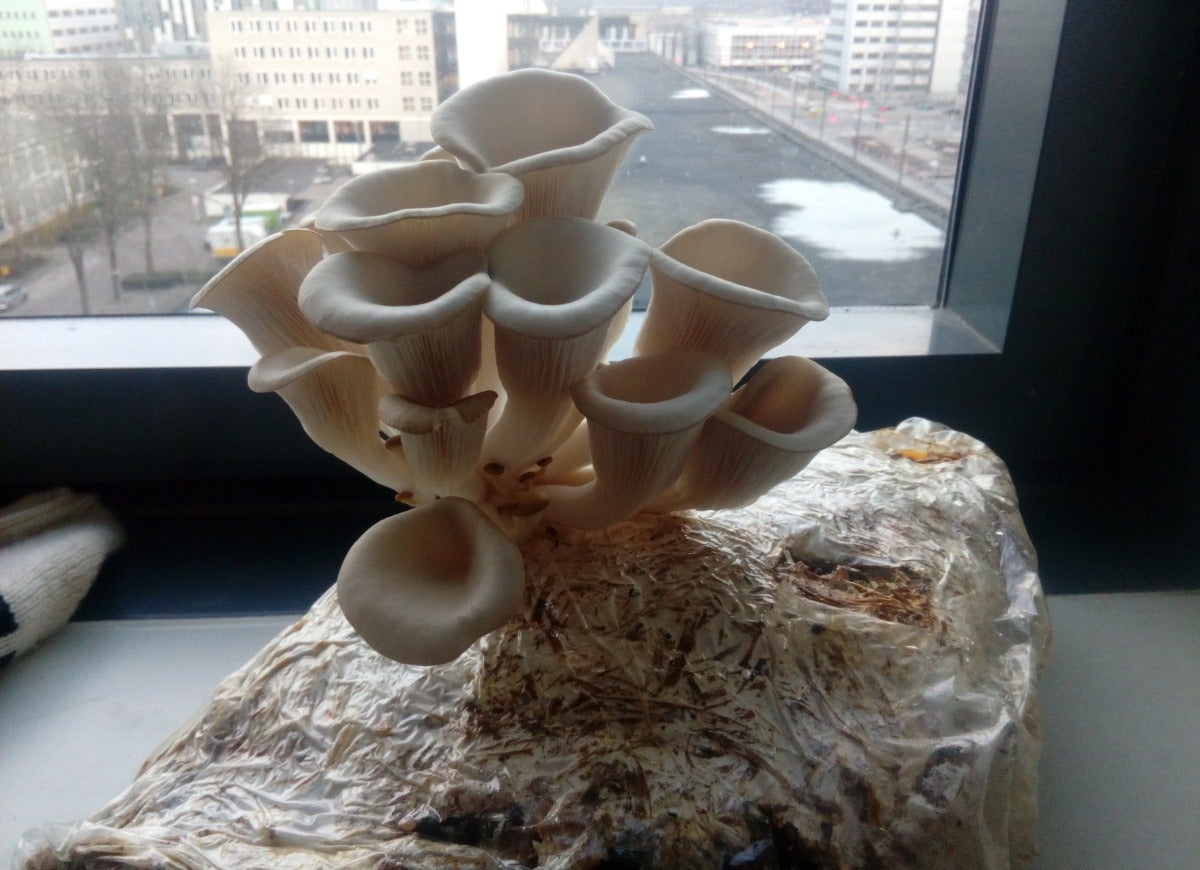
Growing fresh mushrooms isn’t as hard as you think. With today’s kits, such as the Back to the Roots Organic Mushroom Kit (available from Amazon), you can harvest fresh mushrooms grown in your kitchen. Just spray the container with water to activate the mushroom spawn and put it in a spot with indirect lighting (no sunny windows). Within two weeks, you’ll be harvesting home-grown mushrooms.
Vertical Art
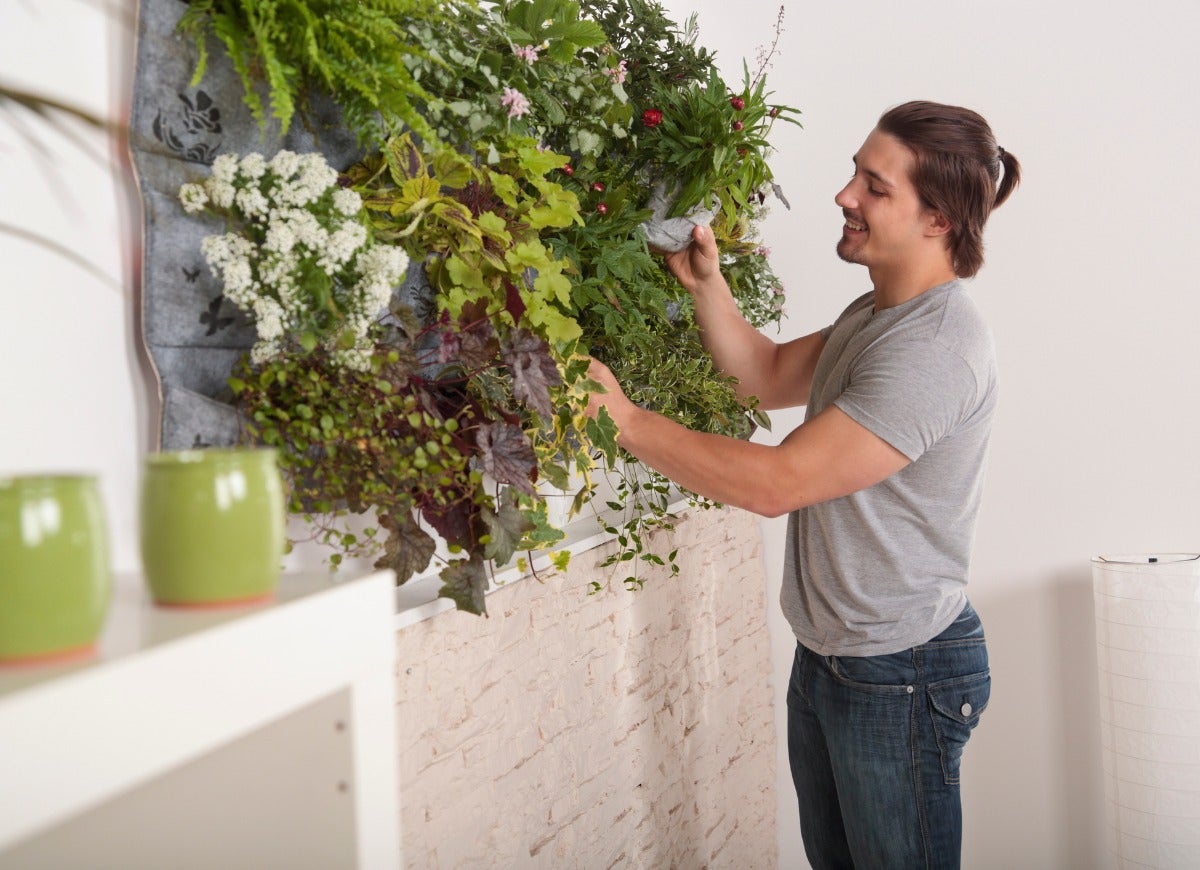
Plants energize a room and offer a natural touch, and with some creativity, they make a perfect artistic medium. Indoor vertical gardens can feature any plants you choose, and in addition to freshening your home, vertical gardening adds an element of design. According to Balcony Garden Web, everyday items, such as leftover pallets, an old dresser, or even a chain of hanging pots, can help you create a vertical work of art.

Our Best Advice for Beginner Gardeners
We’ll help you set up your first garden—whether that’s a few pots on your patio, a raised bed, or an in-ground plot out back—and select the right plants for your soil and region.

